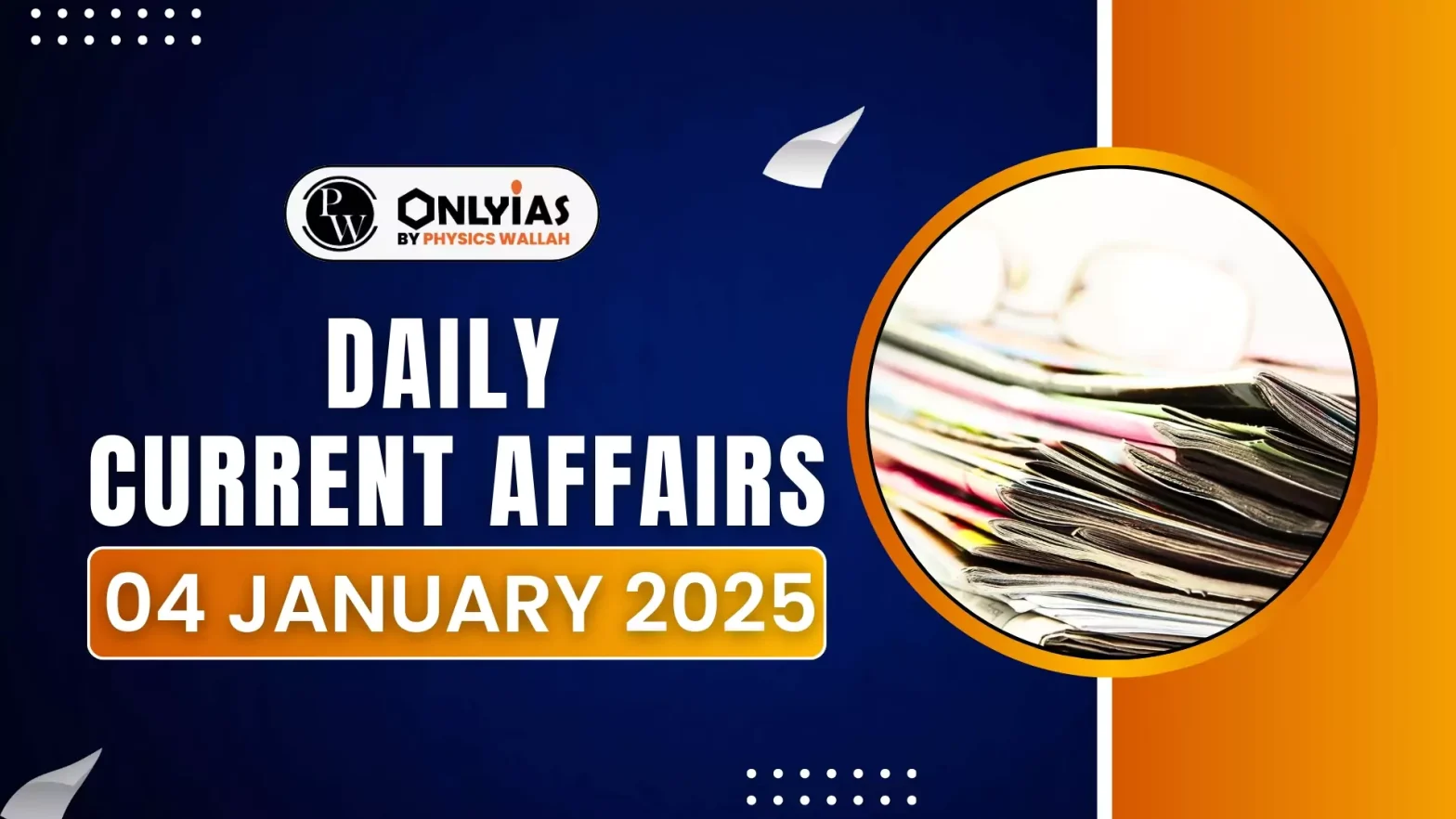India recently submitted its latest Biennial Update Report-4 ( BUR 4 ) to the United Nations Framework Convention on Climate Change (UNFCCC).
- The report contains the national GHG inventory for the year 2020, and has submitted that India is on track to meet its climate commitments.
About Biennial Update Report or BUR
- Under the UNFCCC framework, developing countries are obliged to submit a detailed report on their efforts towards climate action.
- This report is submitted as part of obligations under the Paris climate agreement, called the Biennial Update Report or BUR.
- Key submissions in BURs include:
- an overview of the country’s climate,
- socio-economic conditions
- forestry, and
- a detailed inventory of national greenhouse gas (GHG) emissions, their sources, and natural absorption mechanisms.
- It contains important updates on national action plans to mitigate emissions, methods to measure those actions along with information on the financial, technological and capacity-building support the country has received to combat climate change.
GDP emission intensity:
- GDP emission intensity refers to the reduction in the GHG emissions per unit of economic output.
- Switching from fossil fuel to renewables and fossil fuel to electricity, are some of the examples of reducing emissions intensity.
|
Enroll now for UPSC Online Classes
Key Highlights of Biennial Update Report-4 (BUR 4)
- India’s Commitment to Emission Intensity Reduction: India has committed to reduce its GDP emission intensity by 45% compared to 2005 levels by 2030.
- BUR-4 has submitted that between 2005 and 2020, India’s emissions intensity of GDP reduced by 36%.
- GHG emissions: The biggest highlight of BUR-4 is that in 2020, India’s total GHG emissions were 2,959 million tonnes of carbon dioxide (CO2) equivalent.
- After counting the absorption by forestry sector and land resources, the country’s net emissions were 2,437 million tonnes of CO2 equivalent.
- Total national emissions: The total national emissions (including land use, land-use change, and forestry) fell 7.93% compared to 2019, although it has increased by 98.34% since 1994, as per BUR-4.
- Sector wise Emissions: Energy ( 75.66%) > Agriculture( 13.72%) > Industrial Process and Product Use (8.06%) > Waste (2.56%)
- Generation of Carbon Sinks: An additional carbon sink of 2.29 billion tonnes of CO2 have been created through forest and tree cover (2005 to 2021)
- Forest and tree cover: Currently stands at 25.17% of the country’s total geographical area and has consistently increased
- Main contributors to the total GHG emission are CO2 emissions generated from Burning fossil fuels, methane emissions from livestock, and increasing aluminium and cement production
- Breakdown of GHG Emissions: A breakdown of the emissions based on the GHGs revealed that CO2 accounted for 80.53% of emissions, followed by methane (13.32%), nitrous oxide (5.13%) and others 1.02%.
- Barriers to Technology Adoption: India is largely relying on domestic resources, barriers such as slow technology transfer and intellectual property rights are impeding the adoption of new technologies.
Recommendation
- Advanced technology for low-carbon growth: India needs advanced technology for low-carbon growth and to adapt to impacts of climate change.
Check Out UPSC NCERT Textbooks From PW Store
About UNFCCC
- It is a primary multilateral treaty governing actions to combat climate change through adaptation and mitigation efforts directed at control of emission of GHGs that cause global warming.
- Negotiated: It was signed at Conference on Environment & D
- Headquartered: Bonn, Germany
- It came into force on 21st March 1994.
- Focus: To stabilise Greenhouse Gas (GHG) concentrations in the atmosphere at a level that would stop dangerous anthropogenic interference with the climate system.
- Nodal agency for the UNFCCC in India: Ministry of Environment, Forests and Climate Change (MoEFCC).
|
Additional Reading: United Nations Framework Convention On Climate Change (UNFCCC): Evolution, Full Form & Initiative
![]() 4 Jan 2025
4 Jan 2025

